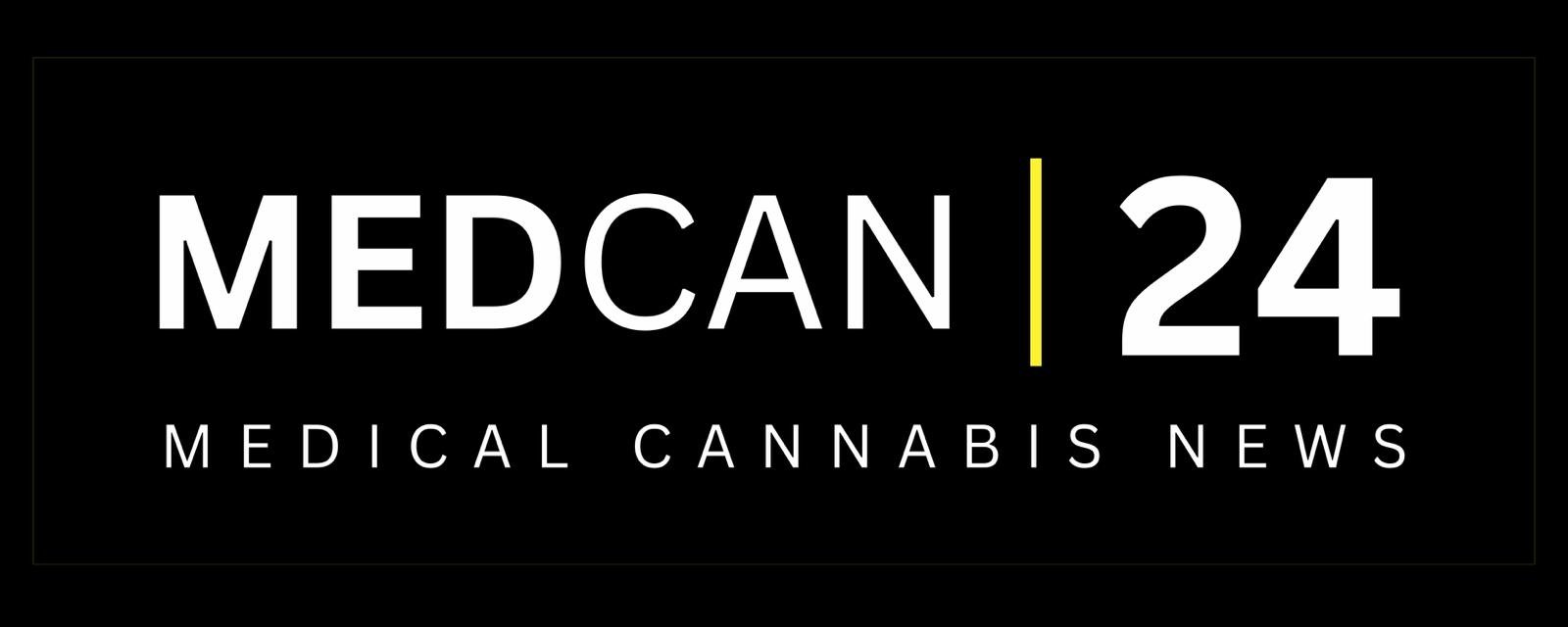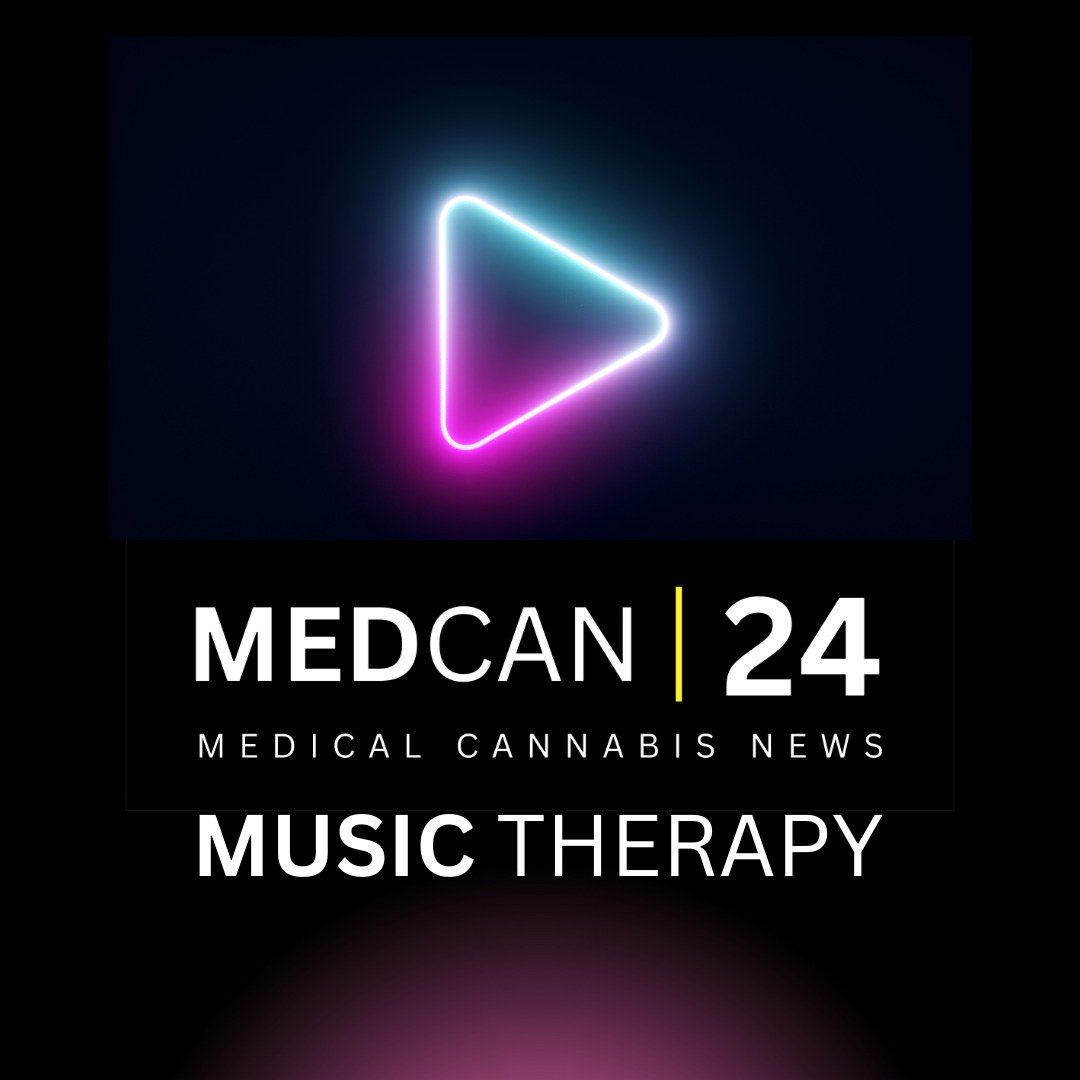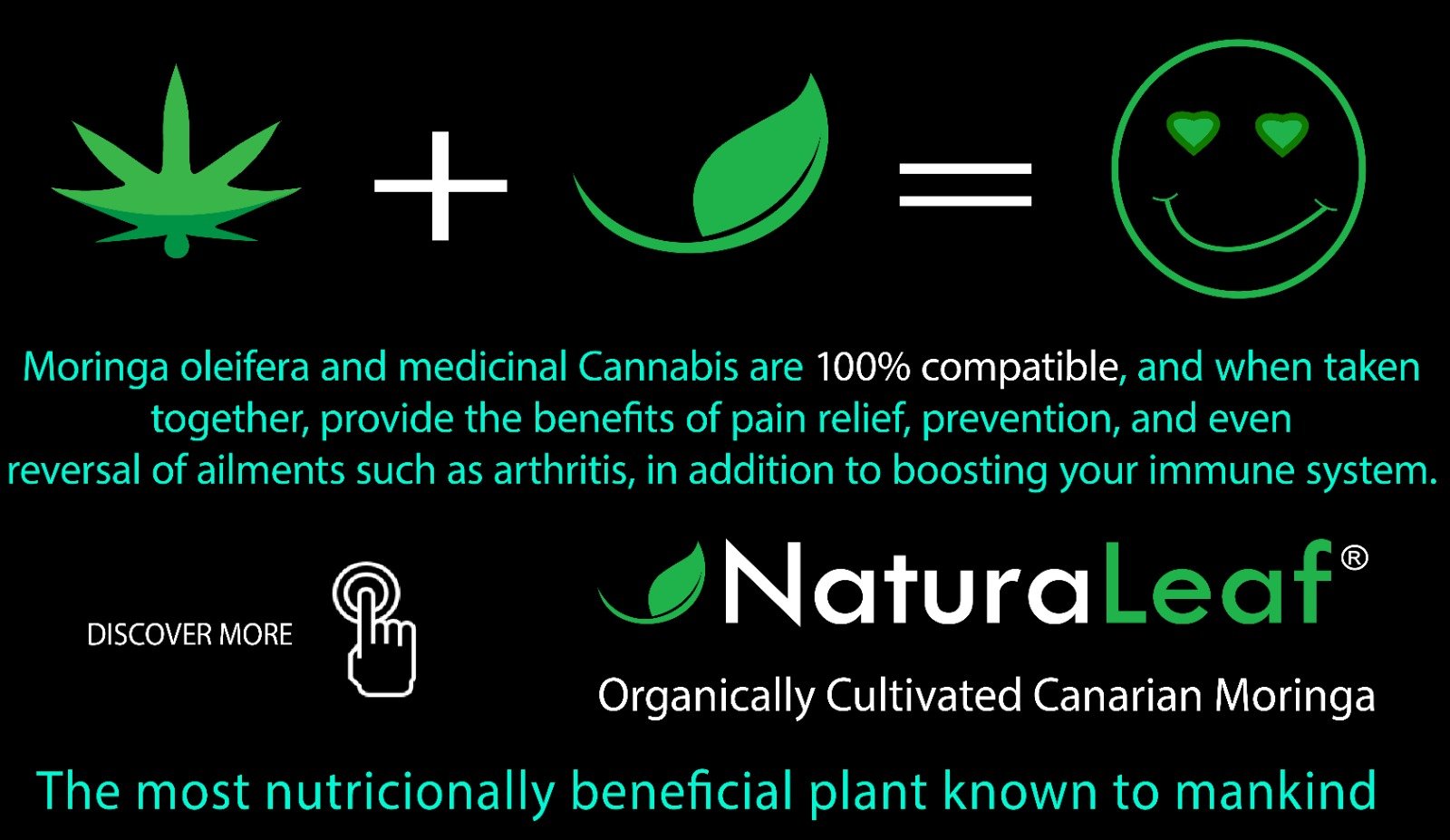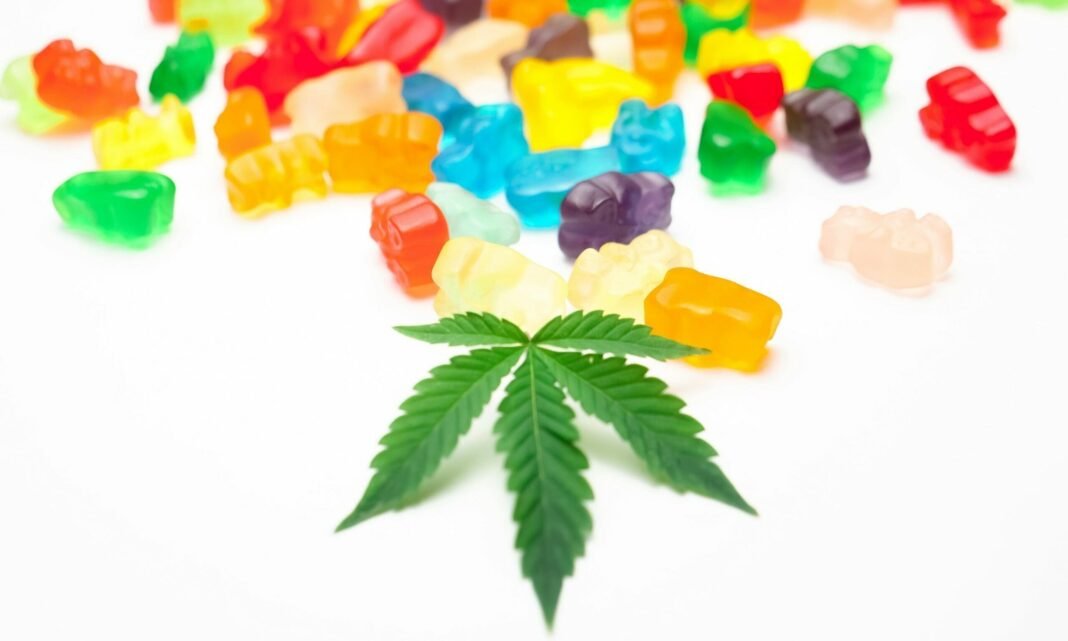It is the outcome of this debate that will decide the future for hemp-derived goods in the United States and their economic viability.
Dentons US Cannabis Group, Lauren Estevez and Joanne Caceres
While Congress is returning from recess in this month, hemp producers are closely monitoring the provisions that may fundamentally change the industry.
The 2018 Farm Bill eliminated hemp and derivatives that contain less than 0.3% delta-9 THC from the Controlled Substances Act. The “unintended consequences” of the 2018 Farm Bill was that hemp and its derivatives containing less than 0.3 percent delta-9-THC were removed from the Controlled Substances Act.
Demand for alternative alcohols has led to an increase in the sales of these products. Hemp beverages alone will more than double in the next four-year period, reaching $4.4 billion dollars by 2029. The provisions of the current appropriations bill could alter all this.
Sens. Mitch McConnell, R-KY and Rand Paul, R-KY have been fighting over provisions that may drastically change the hemp industry. McConnell has vowed to “close Farm Bill loopholes” which are responsible for an intoxicating market. Paul wants to find a compromise on important provisions, which will further regulate the hemp market rather than upending.
These are key provisions to watch as current legislation on appropriations makes its way from the House of Representatives and Senate. State regulators, hemp producers and consumers should also be paying attention. In addition to the Farm Bill, there is federal legislation pending that will regulate hemp-based products.
Calculating the “total” concentration of THC effectively bans some intoxicating substances
One of the provisions that appeared in House and Senate versions of agriculture appropriations legislation—before being removed from the Senate version—would add other THC molecules to the calculation for the 0.3 percent delta-9-THC limit.
The 2018 Farm Bill defined legal hemp as “the plant Cannabis sativa L. and any part of that plant…with a delta-9 tetrahydrocannabinol concentration of not more than 0.3 percent on a dry weight basis.” In contrast, the current bills account for “total tetrahydrocannabinol concentration (including tetrahydrocannabinolic acid) of 0.3 percent in the plant on a dry weight basis.”
The provision will ban certain products that have a low concentration of delta-9-THC, but high levels of THCs such as THC A, Delta-8 THC and THC O. It would be illegal to sell many of the hemp products available on the current market. This includes hemp flower and vape products that have high THCA.
It would force manufacturers to reformulate some products and to invest in testing methods to comply with the new, narrower definition of legal products.
By excluding synthetic cannabinoids and converting them, the supply will decrease while input costs increase.
In addition, the legislation on agriculture expenditures excludes all synthetic cannabinoids as hemp products. This legislation does not include cannabinoids which do not occur in cannabis plants or those produced outside of them.
The Controlled Substances Act makes synthetic THC illegal. However, the law is unclear about naturally occurring THCs that are produced through chemical processing from naturally extracted cannabinoids.
It would increase the price of these hemp-based products that are intoxicating if CBD is not allowed to be converted into THC. These manufacturers would be forced to either discontinue their product lines or use naturally-occurring cannabinoids, resulting in a tighter profit margin.
Ban on “quantifiable” Cannabinoids or THC would drive intoxicating hemp products back into the illegal market and unintentionally harm the non-intoxicating Cannabinoid wellness market
This provision is controversial because it would reduce the THC level in hemp from “0.3 percent” to “no amount quantifiable”. The amount quantifiable will be decided by HHS in consultation with USDA.
Provisions like this would cause major disruption for hemp producers, regulators in the states and consumers. The current draft of the “no quantitative amount” definition is unclear as to what it actually means. It could mean a threshold other than 0 percent. When testing falls below a specified limit, certificates of analysis will usually indicate that no detectable amount is present.
There is no definition for “quantifiable”. The rule may include CBD and full spectrum products that are not intended to intoxicate. Changes would be in direct conflict with state laws, which limit THC to 0.3 per cent or set quantifiable limitations like 5mg, 10mg and 2.5mg.
The proposed Griffiths approach to Hemp Regulation is a standalone bill.
Although hemp products need to be regulated, an approach that focuses on safety and health is more efficient than one which prohibits them.
The draft legislation circulated by Rep. Morgan Griffith, R-VA in August allowed hemp products to be sold to adults over 21. It also required HHS to establish THC thresholds 60 days after the passage of this bill.
Legislation would mandate that all labels include a QR-code linking to a Certificate of Analysis showing the cannabinoids contained in each product, as well as their quantities. The law also prohibits hemp manufacturers from adding nicotine or alcohol to products.
If HHS does not establish THC levels within the time frame required, this bill will automatically put in place the following limitations:
- Hemp products for oral consumption with cannabinoids that are not intoxicating. Up to 50 mg per package and 10mg per serving.
- Products inhalable: up to 500mg per package and 100mg per serving
- Topical Products: Maximum 100mg/serving or 500mg/package.
- Cannabinoid intoxicants (e.g. Items containing THC: up to 0.2mg/serving or 1mg/package.
Griffith’s Bill mirrors state legislation that is already in effect. The automatic THC thresholds, which would be in force automatically allow for greater variety in products than restrictions found in the Appropriations Bills. But the limits on intoxicating cannabinoid product would effectively end the hemp-intoxicating market.
You can also read our conclusion.
With proposed regulations that tighten up the regulatory environment, the pending hemp bills could reshape and radically change the industry.
Congress could impose a threshold of “no quantifiable THC” or redefine THC to exclude synthetic and converted cannabinoids. This would signal a significant shift in product restrictions on hemp.
Manufacturers and regulators would face significant compliance challenges as a result of these changes.
This ambiguity around key terms, such as “quantifiable”, further complicates matters by raising concerns about the enforcement of existing laws and possible conflicts.
These provisions, if they were passed in their current form, would impact all hemp products, regardless of whether or not the product is intoxicating. These drastic changes in the law will likely drive such products onto the illegal market and make them less safe.
Congress would do better to adopt an approach that is similar to Minnesota’s, where low THC dosages are allowed for drinks up to 10mg.
The outcome of these debates will decide the viability and future of hemp products in the United States. The federal legislation will ultimately be critical for the industry. Either it fosters continued growth and regulatory certainty, or it introduces new hurdles which could reshape market in years to come.
Lauren Estevez, Senior Managing Associates in Dentons US Cannabis Group. Joanne Caceres works as a Partner at Dentons US Cannabis Group.




